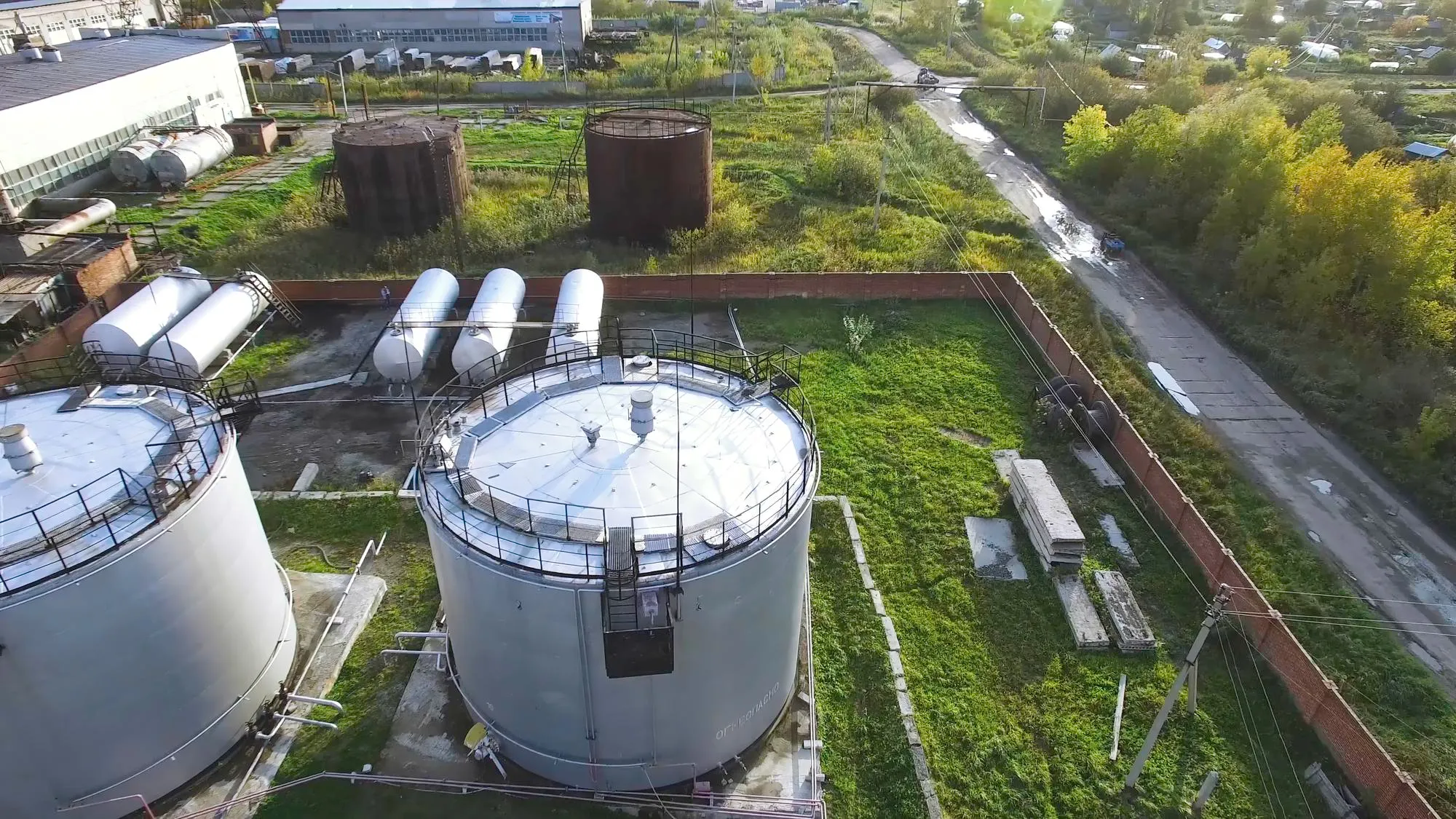Introduction
The push towards renewable energy has become more pronounced in recent years, owing to the rising concerns about climate change and the depletion of fossil fuel resources. As the world edges closer to a sustainable energy future, researchers and industry players are seeking out new methods to tap into the potential of renewable energy sources. One area that is receiving significant attention is the valorization of lignocellulosic biomass, which can be transformed into valuable energy carriers such as biogas and hydrogen.
In an innovative and groundbreaking study published on January 21, 2024, in the “Environmental Research” journal, a team of researchers led by Tugce Daglioglu from the Center for Environmental Studies at Ege University has demonstrated a holistic biorefinery approach that potentially revolutionizes the production of bioenergy. The study, which melds biochemical and thermochemical processes, showcases the integration of anaerobic digestion (AD) with hydrothermal carbonization (HTC) and steam gasification for biomass conversion.
The comprehensive suite of conversion techniques employed in the study paves the way for more effective and efficient bioenergy production methods. In this article, we delve into the findings of this study, as reported in the DOI: 10.1016/j.envres.2024.118180, highlighting a variety of innovative processes used to extract energy from hemp hurd—a byproduct of hemp fiber production.
Holistic Biorefinery Approach
The team’s research takes a holistic approach to biorefinery that seeks to improve the overall efficiency of renewable energy production from biomass. By combining several methods—namely, anaerobic digestion, hydrothermal carbonization, and steam gasification—the researchers have engineered a novel pathway for bioenergy production.
Anaerobic Digestion (AD)
Anaerobic digestion is a biological process in which microorganisms break down organic matter in the absence of oxygen, producing biogas—a mixture of methane and carbon dioxide—as an end product. The researchers discovered that pretreating hemp hurd with sodium hydroxide (NaOH) significantly enhanced the biomethane production yield by 164%, showcasing the potential to substantially boost the bioenergy output.
Hydrothermal Carbonization (HTC)
Hydrothermal carbonization is a process that mimics the natural formation of coal but occurs over a significantly shorter timescale. In their experiments with hemp hurd at 200 °C, the researchers found that this approach yielded hydrochars with superior performance for hydrogen production, particularly when derived from the digestate rather than raw hemp.
Steam Gasification
Steam gasification is a thermochemical technique that converts organic materials into a synthesis gas (or syngas) consisting primarily of hydrogen and carbon monoxide. It was observed in the study that the combined use of this process with the aforementioned techniques allows for a higher yield of hydrogen, further enhancing the potential of biomass as a cornerstone for renewable energy production.
Massive Increase in Biogas and Hydrogen Production
The outcomes of this study are notable for the significant gains in bioenergy production, both in terms of quality and quantity. Specifically, the digestate derived from the anaerobic digestion process, when subjected to hydrothermal carbonization, resulted in hydrochars with a higher mass yield. This increase is attributed to the changes in composition during AD, as well as the high ash content of digestates which originate from the accumulation of inorganic compounds over the course of the anaerobic digestion process.
The Competitive Edge of Hemp Hurd
Hemp hurd emerged as a particularly advantageous feedstock due to its composition and availability as a byproduct of hemp processing. Its use in this integrated approach not only offers an effective way to dispose of agricultural waste but also serves as a cornerstone for the burgeoning bioeconomy.
Environment and Energy Sustainability
The incorporation of these different conversion routes into a holistic biorefinery framework not only increases the viability of hemp hurd as a feedstock for renewable energy production but also marks a stride towards environmental and energy sustainability. It utilizes waste materials, reduces reliance on fossil fuels, and has a lower carbon footprint compared to conventional energy sources.
Conclusion
The study by Daglioglu et al. is a testament to the immense potential that lies in integrating biochemical and thermochemical processes for the creation of renewable energy. This promising strategy could lead to more sustainable and efficient bioenergy production, thereby providing a substantial contribution to global energy demands while aligning with environmental preservation goals.
As research in this field continues to evolve, it is anticipated that such holistic approaches to biomass valorization will become increasingly widespread, bolstering the bioenergy industry and fostering a greener future.
References
1. Daglioglu, T., et al. (2024). Holistic biorefinery approach for biogas and hydrogen production: Integration of anaerobic digestion with hydrothermal carbonization and steam gasification. Environmental Research, 247, 118180. DOI: 10.1016/j.envres.2024.118180
2. Dharmaraja, J., et al. (2019). Role of hydrothermal carbonization in biomass processing for biofuels and bioenergy applications. Bioresource Technology Reports, 7, 100287. DOI: 10.1016/j.biteb.2019.100287
3. Bauer, F., et al. (2013). Biogas from lignocellulosic biomass. Bioresource Technology, 135, 82-91. DOI: 10.1016/j.biortech.2012.10.065
4. Sun, Y., & Cheng, J. (2002). Hydrolysis of lignocellulosic materials for ethanol production: A review. Bioresource Technology, 83(1), 1-11. DOI: 10.1016/S0960-8524(01)00212-7
5. Antwi, E., et al. (2017). Biohydrogen production from lignocellulosic feedstock: Prospects and challenges. Bioresource Technology, 244, 1225-1235. DOI: 10.1016/j.biortech.2017.05.173
Keywords
1. Renewable Energy Production
2. Biomass Valorization
3. Biohydrogen Production
4. Biogas Production
5. Anaerobic Digestion Hydrothermal Carbonization
